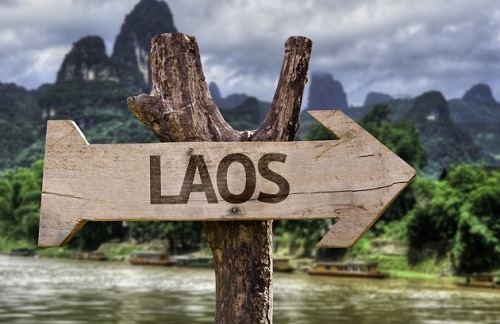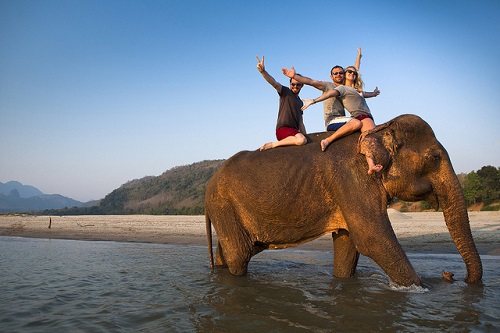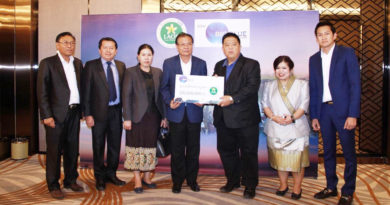Foreign Visitor Arrivals Decrease By 12%
Source: KPL
The number of overseas tourist arrivals in Laos is decreased by 12 percent in the first three months of 2017, downing from 1.24 million people in the same period last year to 1.11 million people in March this year.
The first quarter of 2017 saw an 11 percent decrease in the number of ASEAN visitors coming to Laos, plunging from 866,000 people in the first quarter of 2016 to 763,000 people in the same period this year.
Meanwhile the number of visitors from Europe, Americas, and Africa and the Middle East showed a decrease of 29 percent, 30 percent and 29 percent respectively.
Almost 60,000 European people, almost 20,000 visitors from the Americas and over 2,100 people from Africa and Middle East visited Laos in the first quarter.
Thailand, which dominated the list of foreign visit arrivals in Laos for several years,showed a decrease in the number of its nationals visiting Laos in the first quarter of 2017downing from 573,000 people in the same period last year to 498,000 people this year.
“Right now our department and the Ministry of Information, Culture and Tourism are identifying the cause behind the decrease of foreign visitors in Laos. We are working with provinces to find out the cause in the decrease in foreign visitors,” said Deputy Director General of Tourism Development Department, Ministry of Information, Culture and Tourism Phonemaly Inthaphome.
In 2016, Asia and the Pacific received 309 million international tourist arrivals, 9 percent more than in 2015, and by 2030 this number is expected to reach 535 million.However, the number of foreign tourists visiting Laos dropped for the first time in 2016 after several successive years of visitor growth.
Representatives of over 20 countries gathered in Bangladesh on May 16-17 for the 29th joint meeting of the UNWTO Commissions for Asia and the Pacific and South Asia to discuss challenges facing the sector in the region, opportunities for sustainable tourism development and the programme of work of UNWTO in Asia for the two coming years.
The delegation of Lao tourism officials attending the meeting was led by Deputy Minister of Information, Culture and Tourism Savankhone Razmountry.
“With growth comes power, and with power comes responsibility. With 1.8 billion international tourists foreseen to travel the world by 2030, we could end up with 1.8 billion opportunities or 1.8 billion disasters,” said UNWTO Secretary-General Taleb Rifai, opening the event.
He said that these 1.8 billion travellers can and should translate into opportunities for inclusive economic growth, for more and better jobs, opportunities to protect our natural and cultural heritage, to better know and respect each other, to bond people, to distribute wealth and share prosperity.
“Tourism can help us achieve the Sustainable Development Goals (SDGs). Your presence in Bangladesh will help us to support our tourism sector achieve its potential,” said Minister of Civil Aviation and Tourism of Bangladesh, Rashed Khan Menon.
The meeting recalled the advances of the region in terms of visa facilitation, namely in Indonesia and India, in line with UNWTO’s priority to promote safe, secure and seamless travel.
It also reviewed the work of the UNWTO technical committees on tourism competitiveness, sustainability, statistics and Tourism Satellite Account (TSA), and the activities being carried out at the national level to celebrate the International Year of Sustainable Tourism for Development 2017.
Further items on the agenda included the transformation of the UNWTO Global Code of Ethics into an international convention and the creation of national committees on tourism ethics.
Fiji was selected to host the 2018 Regional Commissions meeting and India was the proposed host country for the official celebrations of World Tourism Day in 2019.
Marking the International Year, UNWTO announced its support to Bangladesh in implementing capacity building programmes on wildlife and tourism within the UNWTO/Chimelong Initiative.
Wildlife is one of the most important tourism assets of Bangladesh.
The joint meeting was preceded by a regional forum on crisis communication in tourism, with a step-by-step review of how to prepare a crisis communication plan an exchange of experiences in managing communications in situations of crisis and of strategies for recovery.




